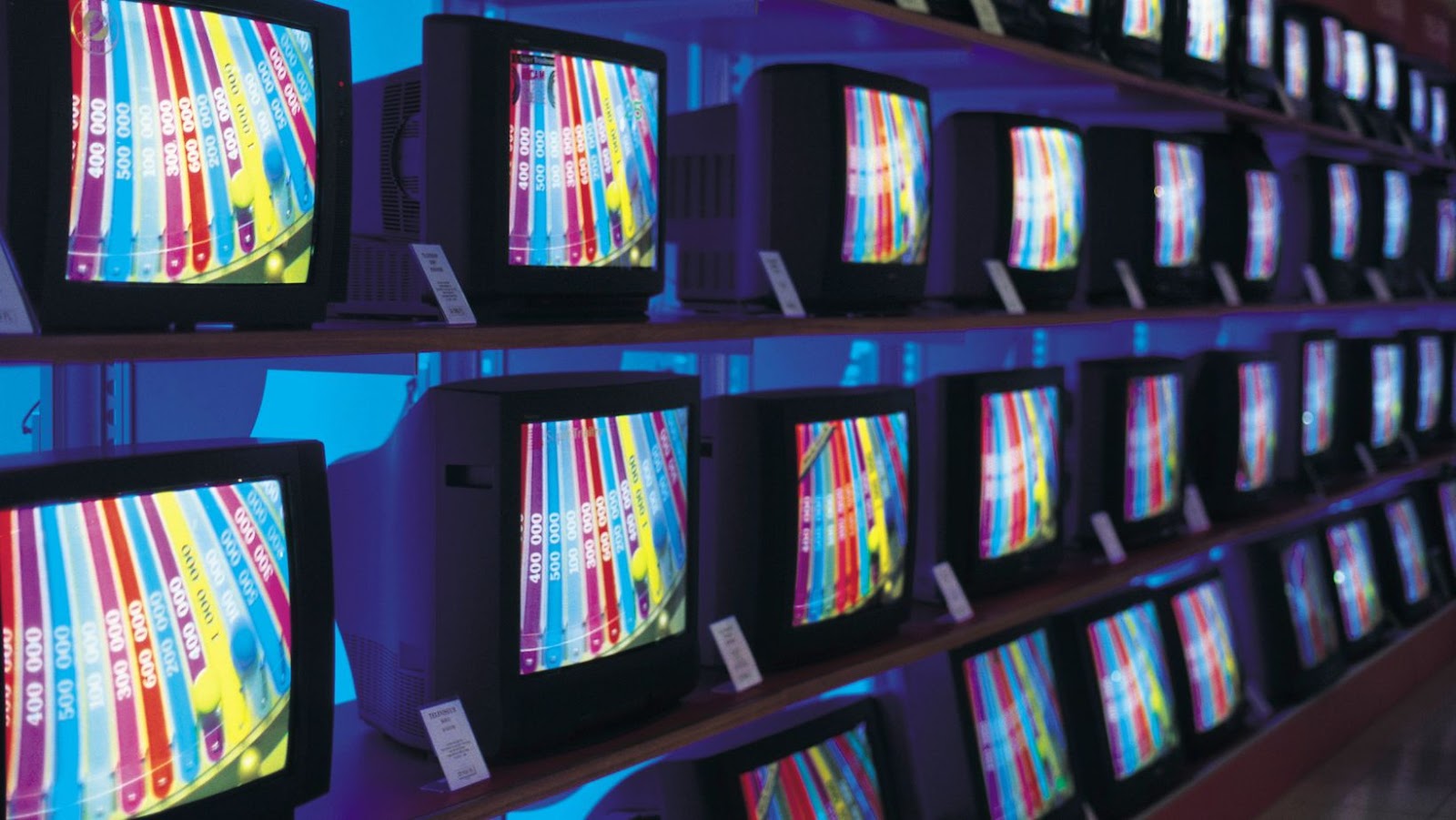The television technology we are well acquainted with today has come a long way from its initial inception. From its earliest form dating as far back as the 1880s, the television has transformed from a futuristic invention to an item that many households across the world now own.
The Mechanical Television
Early televisions were mechanical. Using Paul Gottlieb Nipkow’s Nipkow disk system invented in the late 1800s, pioneer John Logie Baird went on to give the first public demonstration of a television system at the Selfridges department store in London in 1926. Baird’s invention worked by rotating disks to transmit moving images as electrical impulses via a cable to a screen.
By 1932, Baird had developed the first commercially viable television system and sold over 10,000 sets. Though a great leap forward in television technology, it was a long way from perfect, as images would often appear fuzzy, and only a limited amount of images could be displayed per second.
Electronic TV
While Baird was working on the mechanical TV, others were aiming to make breakthroughs in electronic TV using Cathode Ray Tubes (CRT). Television stations then began to crop up in the late 1920s and early 1930s. By 1939, the last mechanical television broadcasts in the US had been replaced with electronic broadcasts. Electronic TV was a much better alternative to mechanical television. Less noise, smaller size, and better picture quality all made the electronic TV a better improvement.

In addition, production advances after the second world war made TVs more accessible as the 1950s saw TV sales take off. The next step was introducing color. First available in the 1950s and then popularised in the 1960s, color TV was another boundary broken in TV technology, though it took a while to fully catch on. It was only in 1972 that color TVs began to outweigh black and white TVs in the USA.
The Modern Day Television
Television technology continued to develop over the decades, though today’s era of television has been the biggest advancement. Introduced in 1998 though incredibly expensive, the HD TV has become more commonplace as its price has lessened with further development. In addition, it has enabled viewers to watch television in a crystal clear, wide-screen format.

From the 2010s onwards, nearly half of Americans have had HD TV sets. With 4K and 8K resolutions now offering even more picture quality than the HD TV, the television only continues to keep getting clearer and more efficient.
